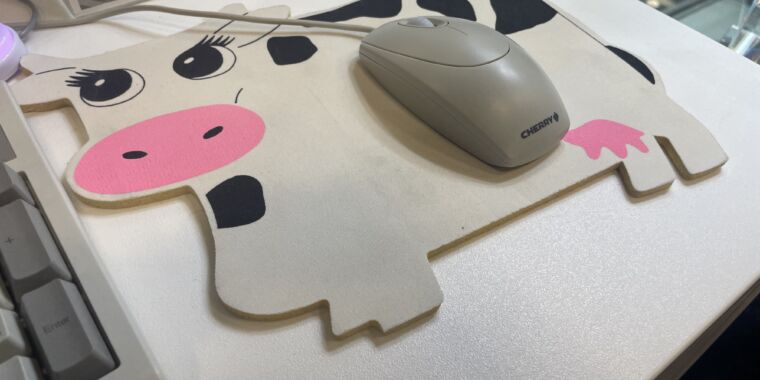What comes after OLED?
With the proliferation of OLED-equipped TVs, monitors, and gadgets, the next big thing in consumer display technology is generating buzz. While Micro LED is a contender, the technology is not projected to reach consumer devices until the 2030s. Display manufacturers are exploring other futuristic ideas, such as transparent and foldable screens. However, for addressing key user concerns like image quality, price, and longevity, quantum dots are currently in the spotlight.
What is QDEL?
Quantum dots, already present in premium displays like QD-OLED TVs and monitors, are now evolving with Quantum dot electroluminescent (QDEL) technology, also known as NanoLED. Unlike QLED TVs with a backlight, QDEL screens utilize quantum dots as the light source. This advancement promises wider color gamuts than existing QD-OLEDs, enhanced brightness, affordability, and resistance to burn-in issues.
As one of the most highly anticipated developments in consumer displays, interest in QDEL is on the rise. Whether you are a high-end display enthusiast or a tech aficionado, QDEL should be on your radar.
Exploring QDEL Technology
QDEL, also referred to as NanoLED, is the brainchild of Nanosys, a quantum dot supplier at the forefront of its development. Formerly known as QLED, the acronym for LCD-LED TVs incorporating quantum dots, QDEL goes by multiple names such as QD-EL, QD-LED, or EL-QD. While the technology has yet to hit the market, suppliers hint at a potential commercial release in the coming years, with a tentative 2026 timeframe set by Nanosys.
Despite the ambitious timeline, QDEL still faces challenges and has limited prototypes in circulation.tHowever, manufacturers the technology has enough potential to warrant attention from industry experts and consumers alike. If successfully commercialized, QDEL could revolutionize TVs, PC displays, and the automotive sector with its superior performance-to-cost ratio compared to OLED technologyracquo and potentially even rival LCD-LED displays.
The Future of QDEL
A whitepaper released in 2023 by Nanosys and Sharp Display outlines a promising inkjet printing manufacturing process for QDEL monitors and TVs. Although the photolithography method poses challenges due to quantum dot damage, it opens the door for QDEL applications in tablets, laptops and ups the ante for wearables and AR/VR products. As Nanosys prepares to bring QDEL products to market, with photolithography being the preferred approach, the future development and widespread adoption of this groundbreaking technology look increasingly likely.
As the display technology landscape continues to evolve, keep an eye on the advancements in QDEL, as we stand on the brink of a new era in consumer displays.
Image/Photo credit: source url





